TIPS & TRICKS | Estimated Read time – 8:05
Whether you’re a seasoned event organizer or just entering the world of endurance event organizing, you likely have questions about how you can make your next event the best it can be.
At Race Roster, we understand the importance of having those questions answered. That’s why we’re connecting directly with the event organizer community: so we can answer questions from you to share our expertise and perspective from around the industry.
Our answers are meant to help you make the most of your endurance events so we’ll be updating this Community Q&A frequently. Remember to check back often as we continue to add questions and answers below!
This month, we’re answering questions about participant sign-ups and refund protection:
- Is there a way to predict when participants will sign up for your event?
- Are virtual events still worth it? We run an in-person event and several people from around the country have asked about a virtual option.
- Is it worth it to offer my participants refund protection? It’s not something I’ve done before but I’m considering it for my next event.
- My last event was successful, but I’d like to attract even more participants next time. How can I increase sign-ups for my next event?
Let’s dive right in!
You asked: Is there a way to predict when participants will sign up for their event?
Our answer:
We get this question from many event organizers using Race Roster. So, we’ve pulled some insightful data to help answer this question as accurately as possible.
The chart below outlines how many days before an event that registrants typically sign up, organized by event distance and percentage of total registrants.
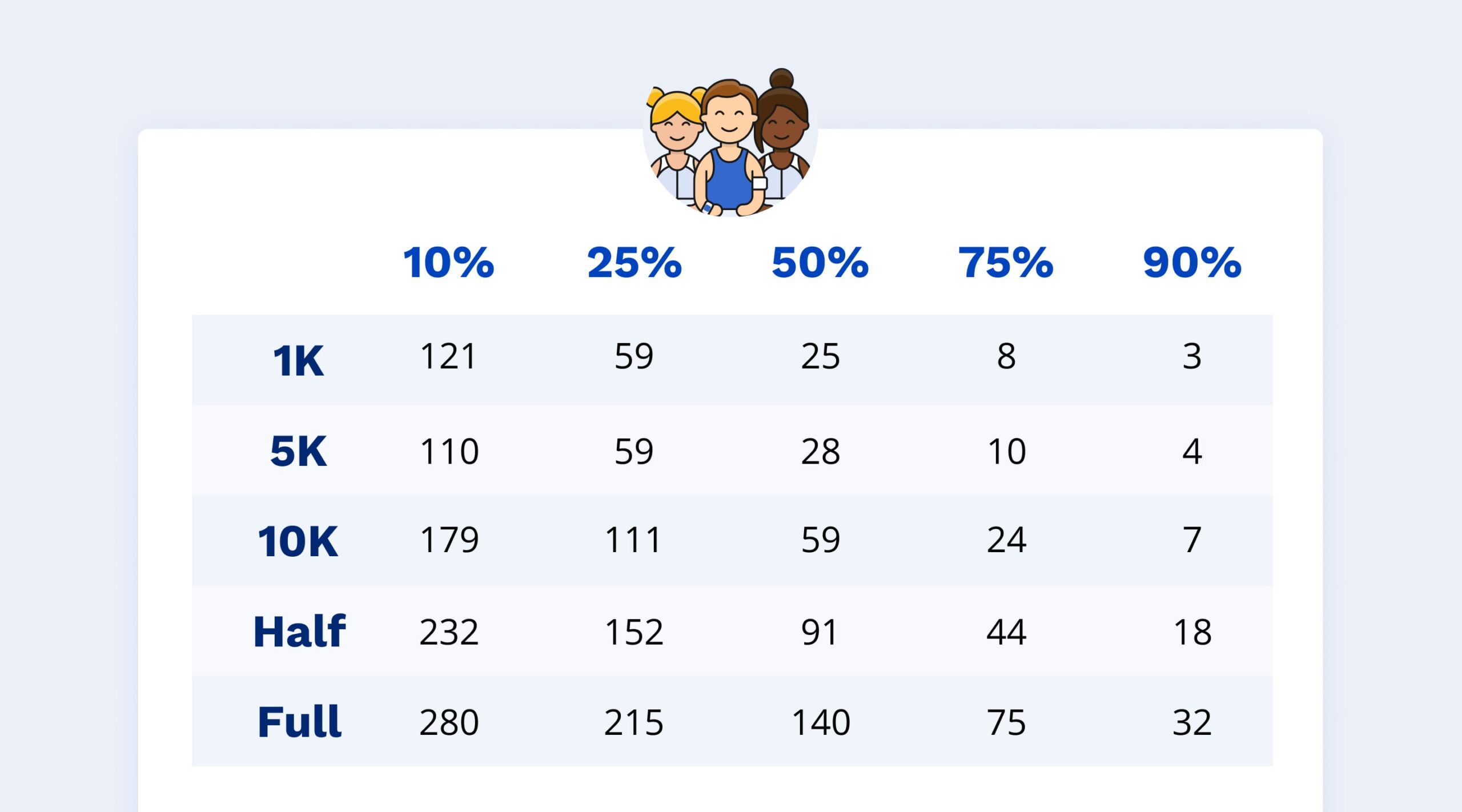
Simply put, when your participants register depends on the type of endurance event you’re organizing.
For shorter endurance events, like a 1K or 5K, more than 50% of participants register in the final four weeks while 25% sign up within the final 10 days.
However, longer events tend to see a higher percentage of participants register much earlier — most likely due to the extra time it takes to train for a 10K, half marathon, or full marathon. How can you use this information to boost your registrations? With pricing increases planned to coincide with periods you now know many potential participants are signing up.
For example, you organize a 10K endurance event. Based on the data presented above, you know 50% of your participants will likely register in the final 60 days leading up to your event. With that in mind, you can schedule a pricing increase at that 60-day mark and promote it on social media, along with personalized emails in the weeks leading up to that deadline.
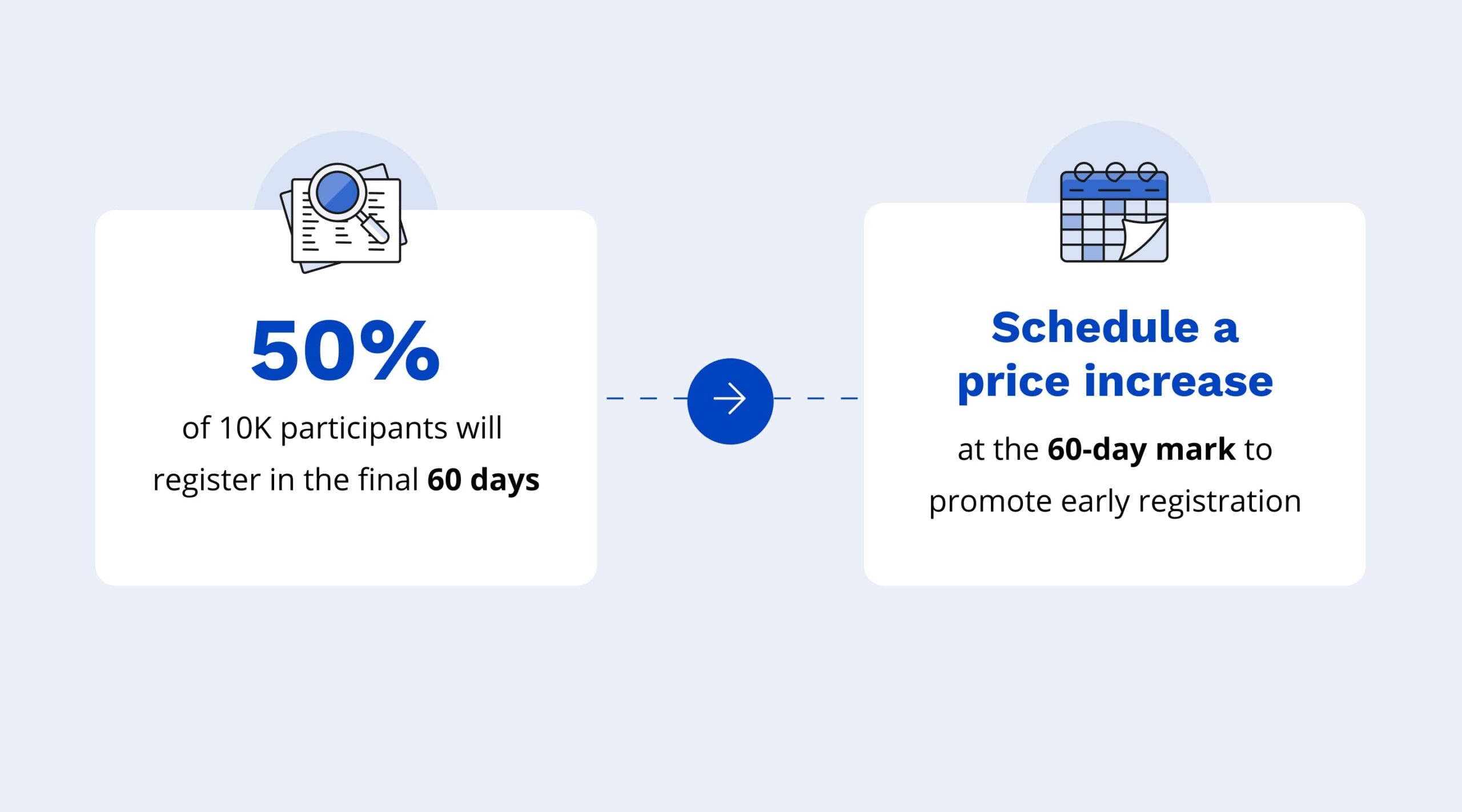
Encouraging potential participants to sign up with a well-timed pricing increase that creates a sense of urgency will give you a great chance to see a significant bump in registrations.
The Forest City Road Races in London, Ontario, Canada, utilizes pricing increases effectively and sees an impactful spike in registrations. The event organizers use social media to alert followers to upcoming pricing increases like “Early Bird Pricing” and always prioritize language that creates a sense of urgency.
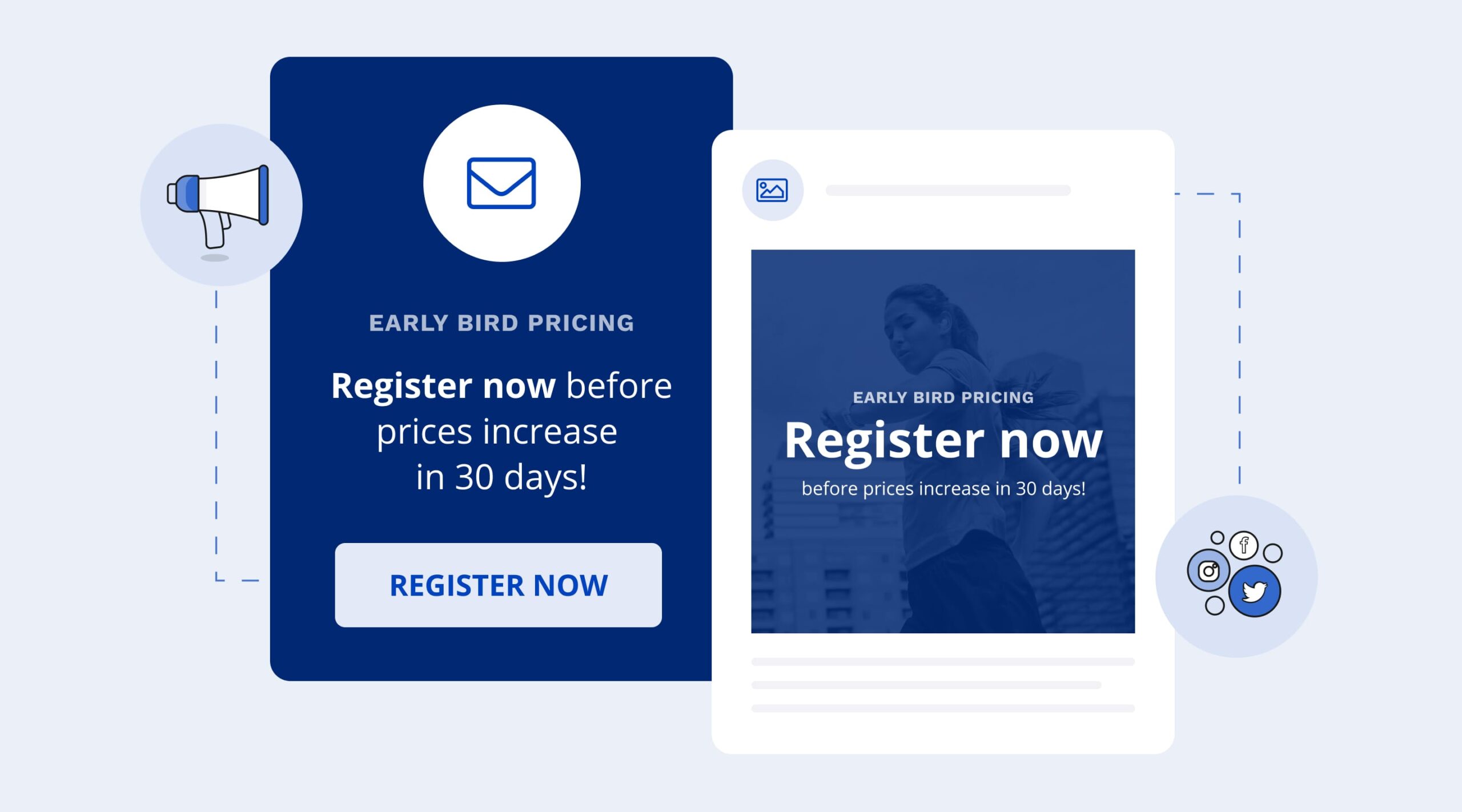
You asked: Are virtual events still worth it? We run an in-person event and several people from around the country have asked about a virtual option.
Our answer:
Even though the popularity of virtual events peaked in 2020 during the COVID-19 pandemic when nearly 45% of endurance events were virtual, we recommend you explore virtual options.
There is still plenty of interest from participants in virtual events— as is clear from the question above — and they can still be valuable for you as an event organizer.
What we’ve learned over the last five years from embracing virtual events as an alternative during the pandemic is that it’s opened a new opportunity for event organizers to reach a bigger audience of participants and, as a result, enjoy a new stream of revenue.
Some event organizers who built momentum with virtual events during the pandemic are still benefiting, creating a new niche within the endurance event industry that offers participants a different option that didn’t exist before COVID-19.
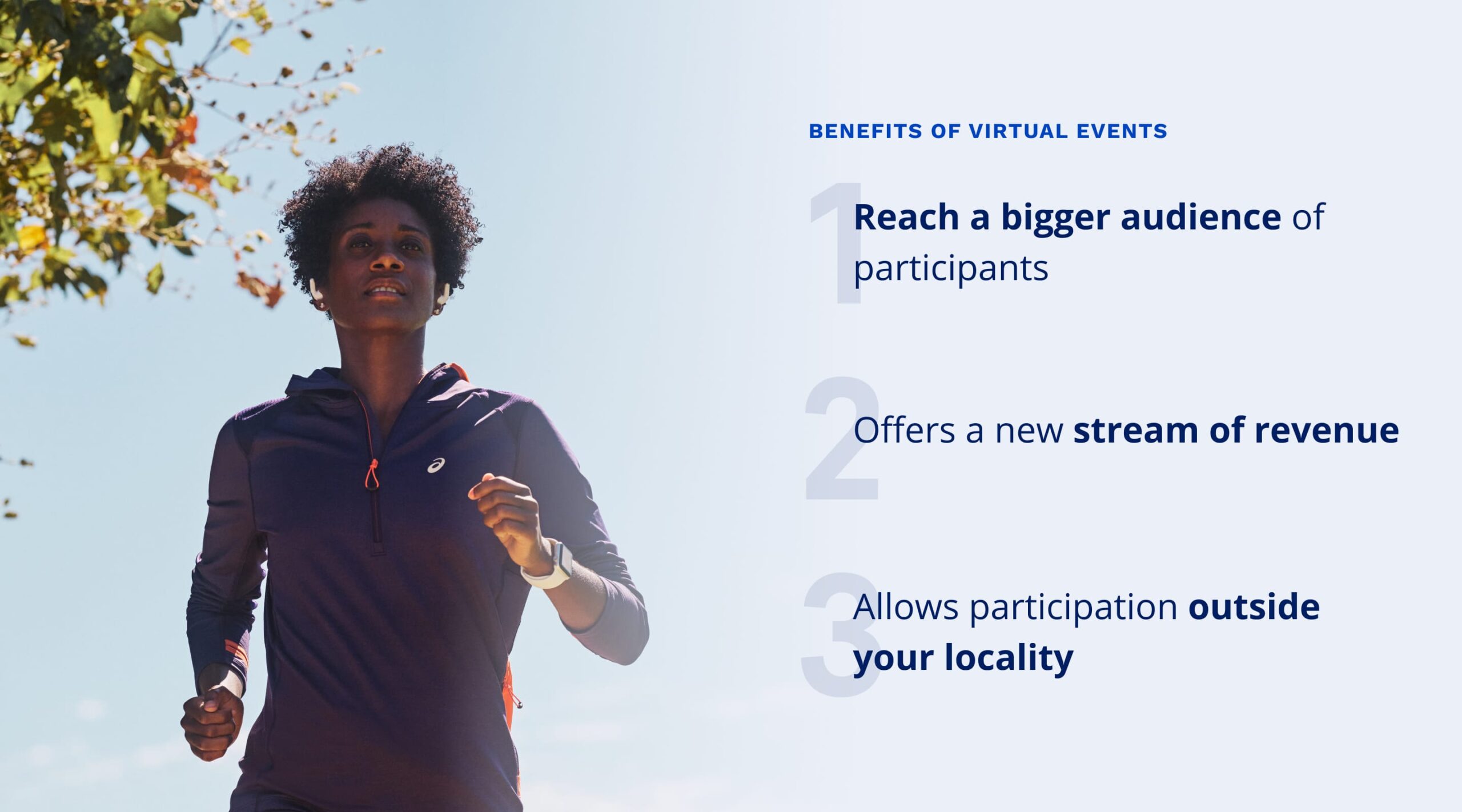
For example, some event organizers whose endurance events have returned to in-person are now offering a virtual version of their event. That way, if someone can’t physically make it to the event and still wants to participate, they have a virtual option.
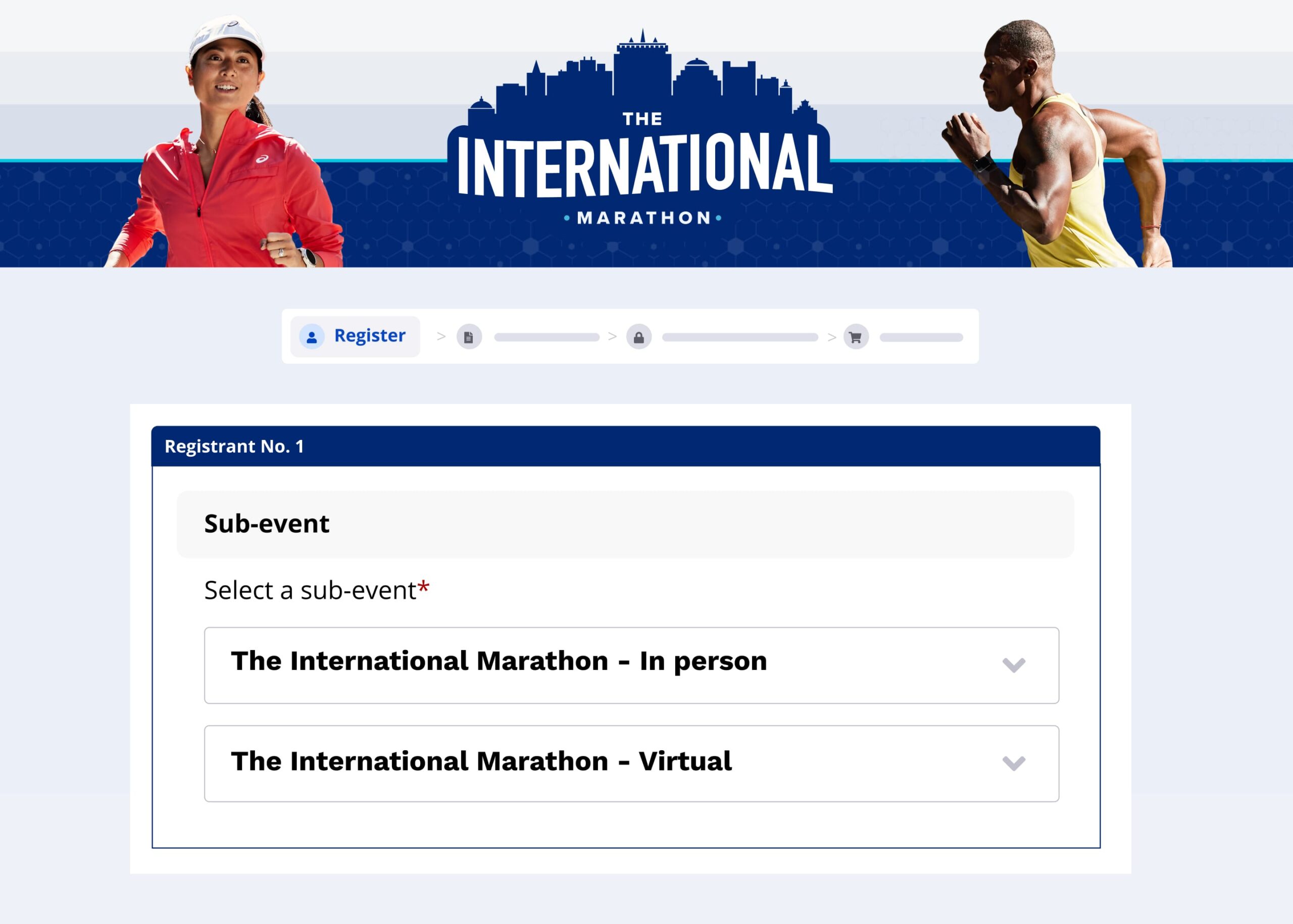
This is a great solution to the question asked above. If enough people ask about it, Race Roster can help you easily set up and provide a fun virtual option that allows participation outside your locality.
Doing so can bring in more revenue, reach audiences you wouldn’t otherwise, and bring more people together for your event.
You can also use the virtual space to create impactful touchpoints with your participants. For example, you can host a series of virtual challenges leading up to your in-person endurance event.
Virtual challenges, like the Christie Clinic Illinois Race Weekend’s Criss-Cross Virtual Challenge, are a fantastic way to continually add value for your participants and create a more memorable experience while encouraging past participants to return year after year and new participants to join.
Whether you’re reaching a wider audience with a virtual version of your event or growing engagement with virtual challenges, offering your participants new and easy ways to get involved with your endurance event is always beneficial — no matter where they are.
You asked: Is it worth it to offer my participants refund protection? It’s not something I’ve done before but I’m considering it for my next event.
Our answer:
A resounding “Yes!”
What is refund protection? Refund protection gives participants the option to pay a fee at registration, allowing them to get a full refund should unforeseen circumstances prevent them from attending.Race Roster offers every endurance event we partner with the ability to easily opt into our Refund Protection Program.
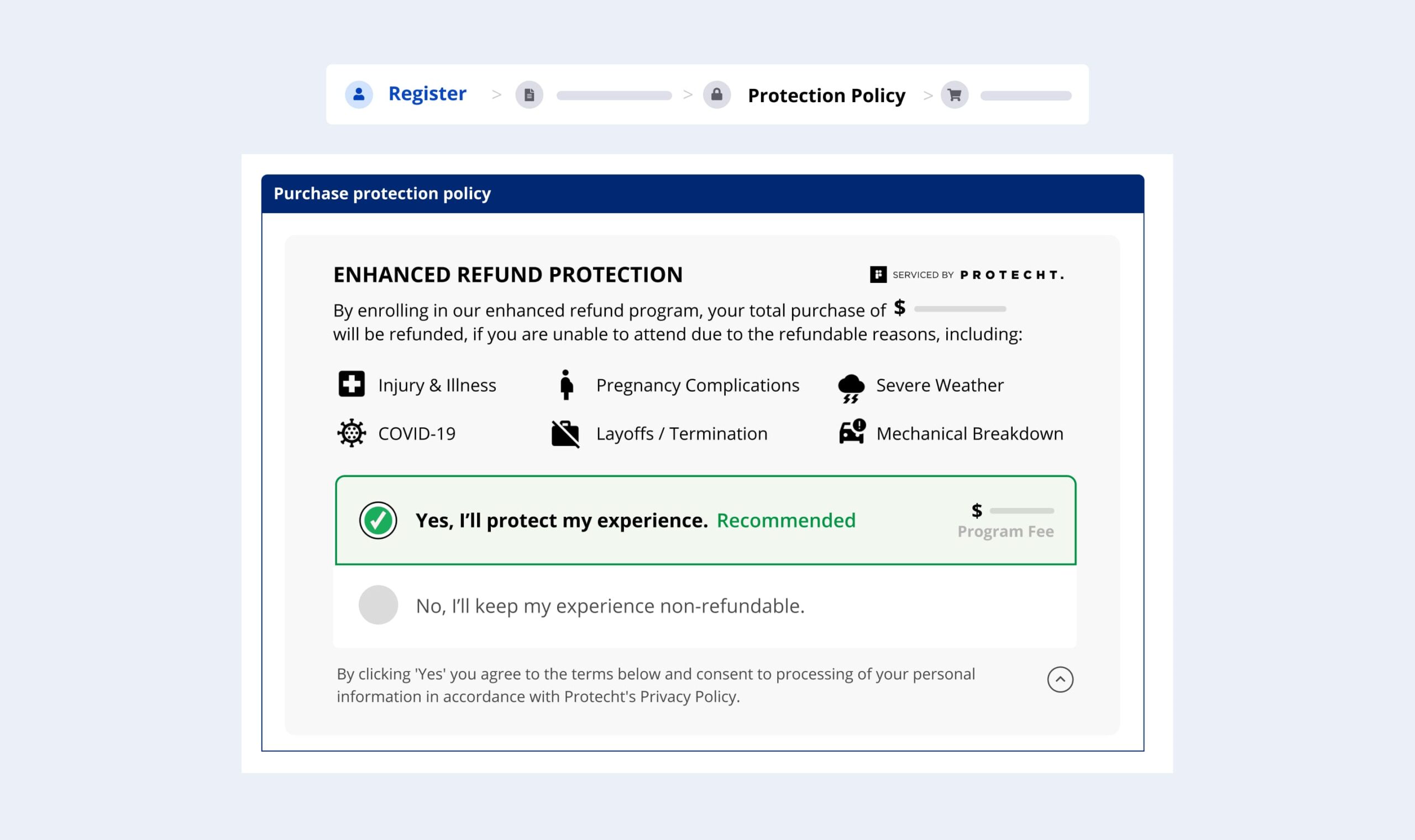
The program offers your participants refund protection from injury and illness, severe weather, work travel conflict, and much more. It gives your participants peace of mind and an even better overall experience with your event.
The best part of the Race Roster Refund Protection Program is that it doesn’t impact your bottom line. Instead, it provides coverage for both you and your participant.
In the case of a refund, you don’t have to pay the refund and the participant gets their money back.
Here are a couple more benefits of the Race Roster Refund Protection Program:
- Increase registrations – Estimated increase in registrations of 4-7%** by grabbing on-the-fence buyers!
- Satisfy participant demand – Consumer demand for registration protection has increased 52%* since 2020.
- Encourage earlier registrations – Participants are more likely to register earlier if a refund protection plan is offered!
The Refund Protection Program is free for you to offer and easy for your participants to opt into, it protects you and your participants from losing money, and it can help boost registrations.
So, is it worth offering? We say it’s a no-brainer.
You asked: My last event was successful, but I’d like to attract even more participants next time. How can I increase sign-ups for my next event?
Our answer:
Start encouraging group participation in your event!
Incorporate strategies that appeal more to larger groups of people rather than only targeting the interests of individual participants.
Marketing to groups of new registrants will help increase participants and form a natural sense of community within your event. The sky’s the limit when your event has a growing community.
Here are five event strategies you can use to target groups and boost registrations:
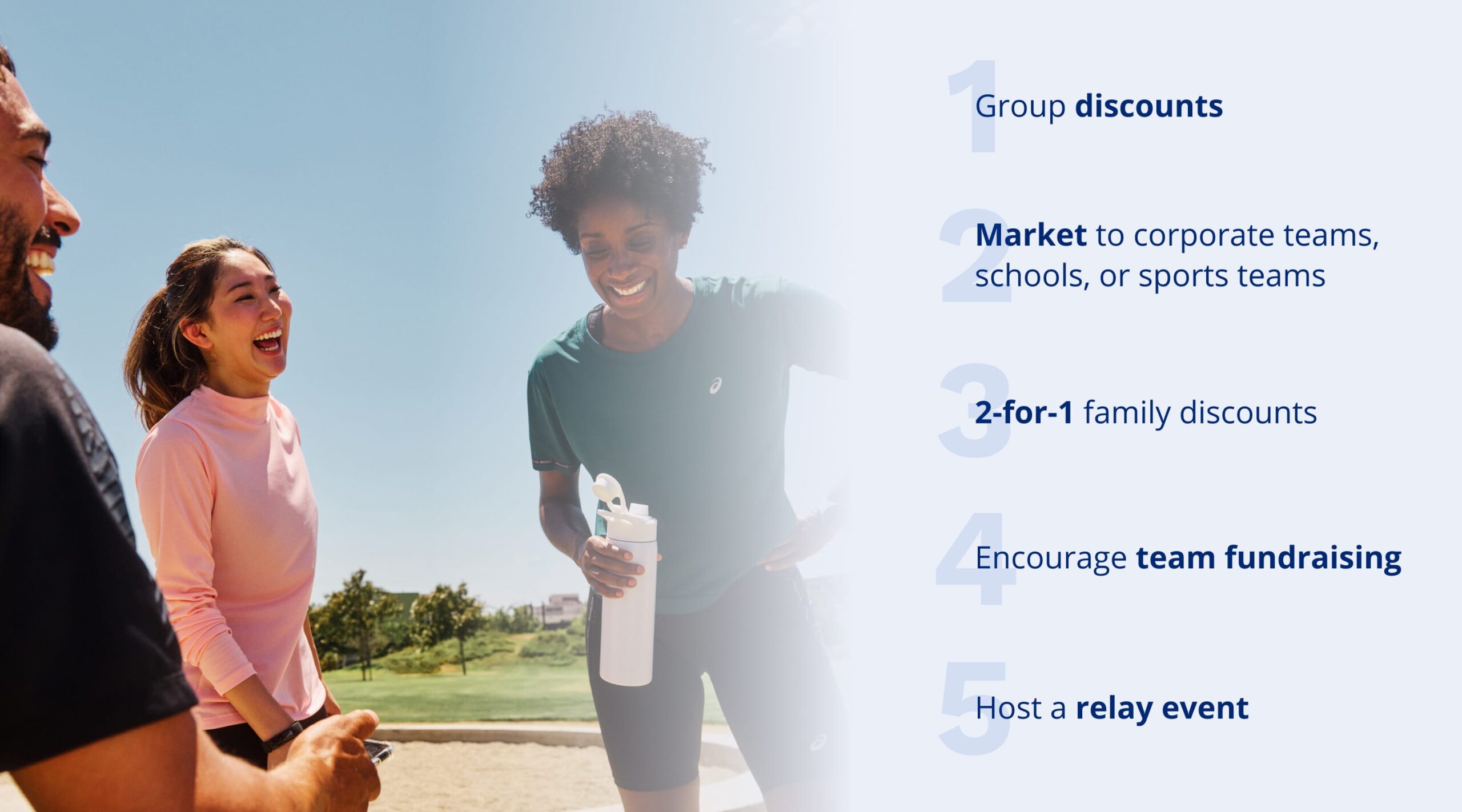
1. Group discounts
Why: People are more motivated to join endurance events when they can do so with friends, family, or colleagues. The social aspect of group participation improves the overall event experience, making it more enjoyable and memorable. Additionally, group discounts can help event organizers fill more spots quickly, boosting registration and revenue.
How: Offer a 10% discount to groups of five participants or more with Race Roster. This will encourage participants to form groups and spread the word about your event.
2. Market to corporate teams, schools, or sports teams
Why: Targeting specific groups like corporate teams, schools, and sports teams taps into existing communities that share an interest in team-building. These groups often seek activities that promote camaraderie and physical fitness, aligning perfectly with endurance events.
How: Team up with local schools to offer discounted registration fees for students and teachers who participate in your event together. With Race Roster, you can set up registration codes for large groups to simplify the process.
3. 2-for-1 family discounts
Why: Family discounts encourage broader participation by reducing the overall registration cost. Plus, they can transform your event into a family day out! Like group discounts, on-the-fence participants are more likely to sign up if they can bring a family member along, creating a more supportive environment.
How: Offer a 2-for-1 deal through Race Roster for parent-child teams, encouraging families to participate together for a more healthy, active lifestyle.
4. Encourage team fundraising
Why: Team fundraising can be a strong motivator for participants. People are often more driven to participate if their efforts support a cause that matters to them. Team fundraising can also help spread the word about your event, increasing exposure and attracting more registrations.
How: Organize an endurance event with a charitable partner where teams can raise funds for an important local cause. Award prizes that encourage your participants to recruit more team members and boost fundraising efforts.
5. Host a relay event
Why: Relay events emphasize teamwork and a shared goal, making them appealing to those intimidated by the full distance. Relays can lower the entry barrier, as the event is divided into manageable segments, making it more accessible than longer-distance events. This format is also very social and supportive.
How: Host a 10K relay where teams of four run a portion of the total distance. The distance can be split equally between all four team members or based on experience to include all levels of athletes.

What’s new at Race Roster?
Visit our what’s new page for the most noteworthy Race Roster updates!